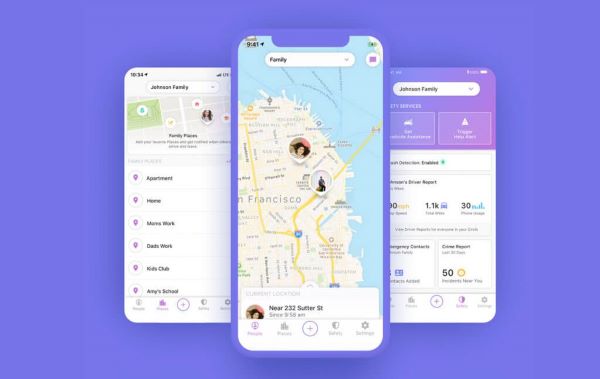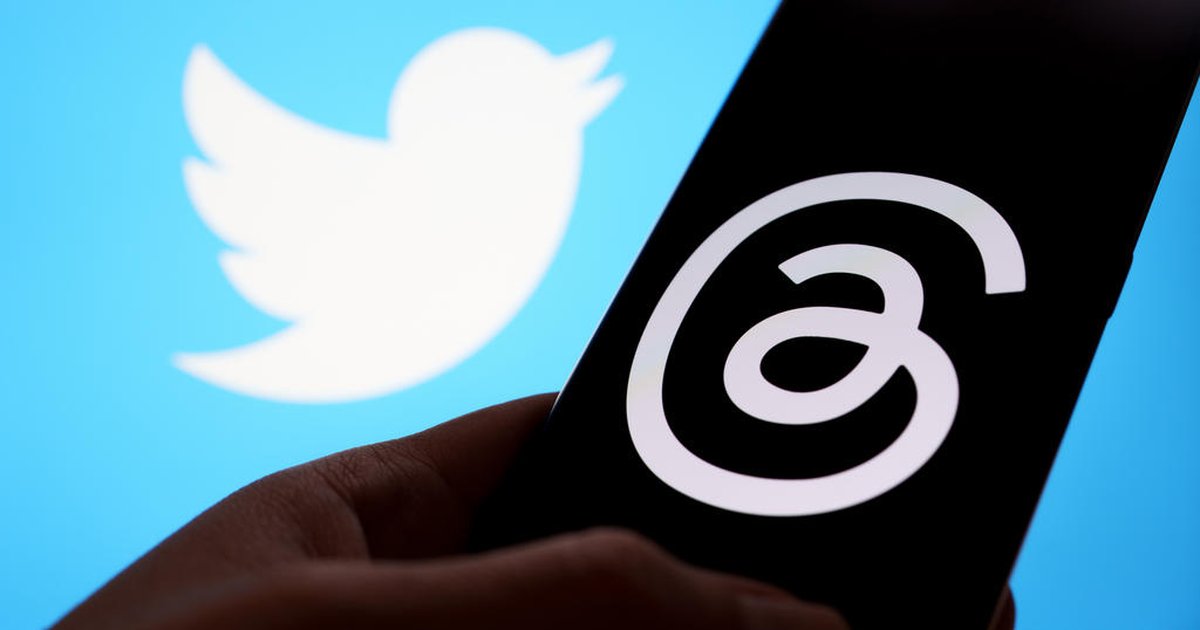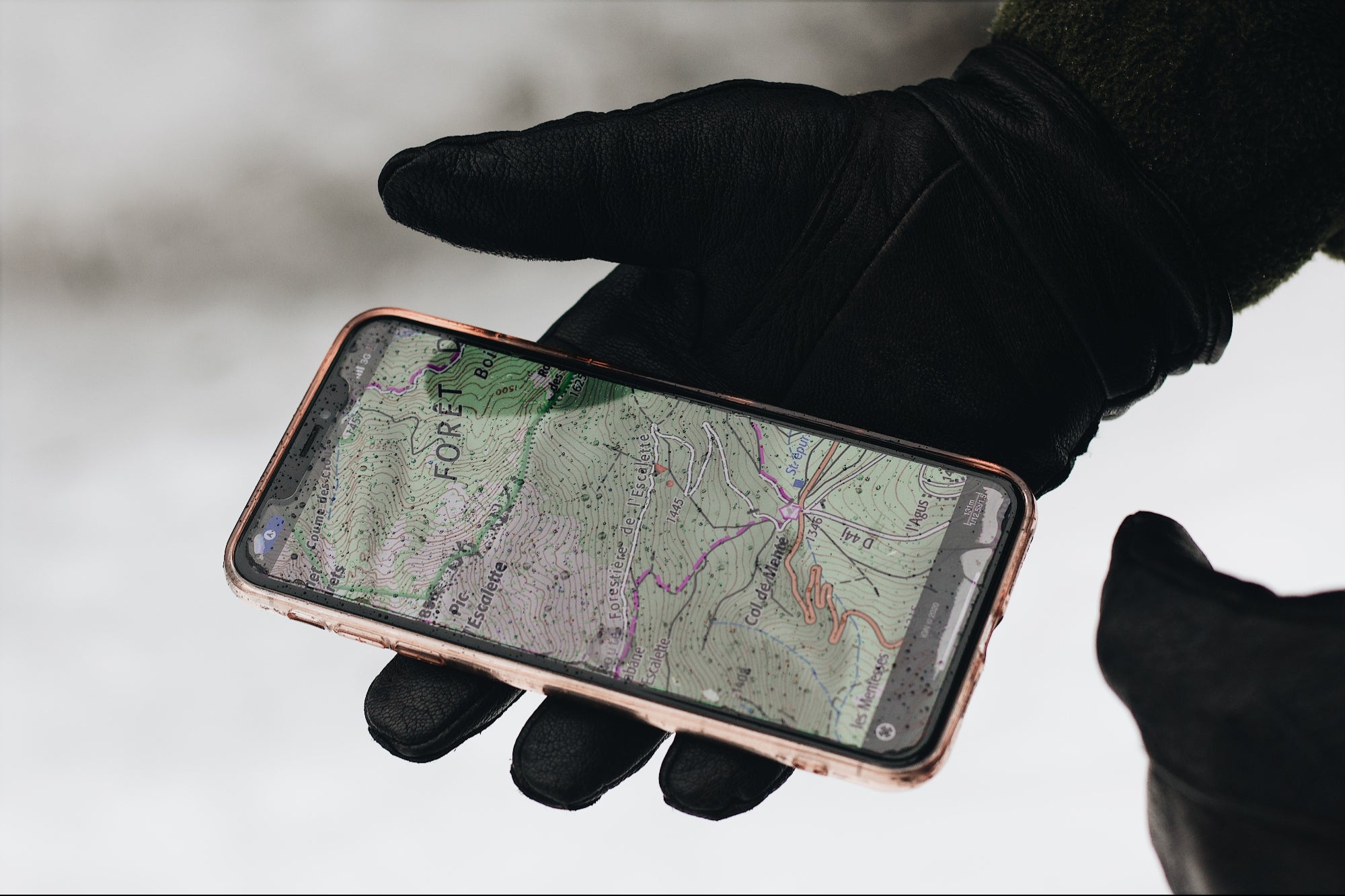Ads
Body language is a vital tool in business and social interactions. It allows individuals to convey respect, attention, and enthusiasm without using words. Understanding and utilizing body language effectively can greatly enhance one’s social skills. In this article, we will explore the concept of body language, its importance in the workplace, and provide answers to common questions related to this topic.
What is body language?
Body language is the non-verbal communication that occurs during face-to-face interactions. It includes gestures, postures, facial expressions, and other physical cues that convey a message to others. Most people use body language unconsciously in their daily interactions. Posture, hand movements, eye contact, and even handshakes all play a role in conveying messages through body language.
Body language often complements verbal communication. For example, someone may adjust their posture or make eye contact while speaking to show interest or engagement. When body language aligns with verbal communication, it can enhance the overall message or tone being conveyed.
A guide to workplace body language
Understanding and utilizing appropriate body language in the workplace can help individuals improve their interpersonal skills. Since most organizations rely on collaboration, effective communication can lead to increased productivity and positive working relationships. Here are some tips to enhance workplace body language:
1. Firm handshake: Handshakes are often the first step in building new relationships. A firm handshake signals respect and interest in engaging with the other person. It is important to shake hands confidently, neither too lightly nor too forcefully.
2. Smile: Smiling is a simple yet powerful way to communicate positivity and openness. A smile can create a warm and welcoming atmosphere, showing that you are happy to engage in conversation or collaborate with others.
3. Eye contact: Making eye contact with others demonstrates attentiveness and interest in the interaction. Eye contact, combined with a smile and a firm handshake, can make a positive impression on others.
4. Nodding: Nodding while listening or speaking shows agreement and attentiveness. It is a non-verbal way to indicate that you are actively engaged in the conversation.
5. Hand gestures: Using hand gestures while speaking can enhance communication and express emotions or ideas effectively. Open palm gestures can convey openness and friendliness, while clenched fists may indicate firmness or determination.
6. Posture: Maintaining good posture demonstrates confidence, respect, and engagement. Avoid slouching or crossing your arms, as these postures may signal disinterest or defensiveness.
7. Manage small movements: Be mindful of any fidgeting or unnecessary movements while communicating. Small gestures like adjusting your clothes are fine, but excessive movements may be distracting or convey discomfort.
Frequently asked questions about body language
Here are some common questions about workplace body language:
Can you overdo body language?
Yes, using excessive body language can be distracting and may overshadow your verbal message. Body language should complement your spoken words, not overshadow them.
Does individuality affect body language?
Yes, individual differences and relationships can influence how you use body language. For example, you may use more casual gestures and communication style with a coworker, while maintaining a more formal and respectful posture when speaking to your boss.
Do cultures have different body language?
Yes, different cultures have varying interpretations of body language. Gestures, facial expressions, and postures may have different meanings across cultures. It is important to be aware of cultural differences in body language when communicating with individuals from diverse backgrounds.
In conclusion, understanding and utilizing effective body language in the workplace can greatly enhance communication and interpersonal relationships. By being mindful of your gestures, facial expressions, and posture, you can create a positive and engaging environment for collaboration and conversation. Remember that body language is a powerful tool that can help you express respect, attention, and enthusiasm in various professional and social settings.






